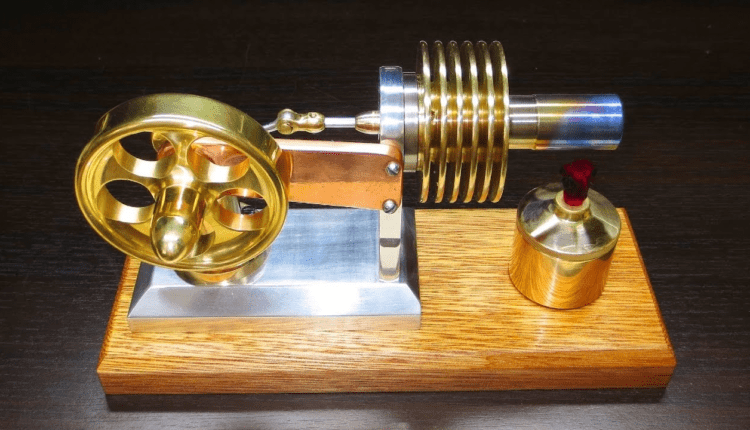Half a century before the advent of the first workable internal combustion engine (ICE), Scottish priest Robert Stirling patented a heat engine called the "economizer". This event took place in September 1816. In the future, this invention in honor of its author was named the Stirling engine.
At the turn of the century
The new engine was a major breakthrough in science and technology of the time. It stood out brightly against the background of other thermal engines, which is quite natural, because the Stirling engine had a higher coefficient of performance (COP), was reliable and safe. Based on the developments of Stirling, many engine modifications were created that were successfully used until the beginning of the 20th century.
The appearance of the internal combustion engine changed the situation dramatically. Thermal engines and the Stirling engine, among other things, were inferior to internal combustion engines in terms of specific power, as well as in a number of other indicators. This was the decisive factor in the fate of the "economizer" at the turn of the XIX-XX centuries.
About the device and the principle of operation
The Stirling engine is a closed-cycle heat engine, and heat energy is not generated by it, but comes from an external source. This design feature distinguishes it from other engines.
The principle of operation of the Stirling engine is quite simple. All work is done by expanding the gas (air, helium, hydrogen) under the influence of temperature. Structurally, it looks like this. The gas inside the chamber, under the action of an external heat source, pushes the displacer piston, which is on the same axis as the working piston. Due to the crank scheme, the movement of the pistons and their return to their original position are ensured. In this case, the heated air, passing through the cooling chamber, descends.
There are several types of heat engine designs that are classified as Stirling engines. These are alpha, beta and gamma configurations. However, other types of Stirling engines have been developed that cannot be attributed to any of the above categories.
Advantages and disadvantages
The advantages of Stirling engines include simplicity of design, the ability to use various energy sources, efficiency, and a long service life. As for the shortcomings, this is material consumption, dimensions. Due to the use of external heating sources, part of the energy is dissipated in the heat exchangers, which reduces the efficiency. To achieve power comparable to an internal combustion engine, it is necessary to use not air, but helium or hydrogen.
Our days and prospects
Internal combustion engines dominated almost the entire 20th century, but at the turn of the century, when the issue of saving resources became acute, scientists and developers remembered Stirling engines. First of all, they have found their application in the energy sector. For example, in solar power plants.
Nowadays, submarine developers have paid attention to Stirling engines. It is also planned to use them in astronautics. In particular, in NASA’s plans to create a habitable base on the Moon, it is supposed to use a nuclear reactor and electrical generators to power the station, which will drive Stirling engines.
